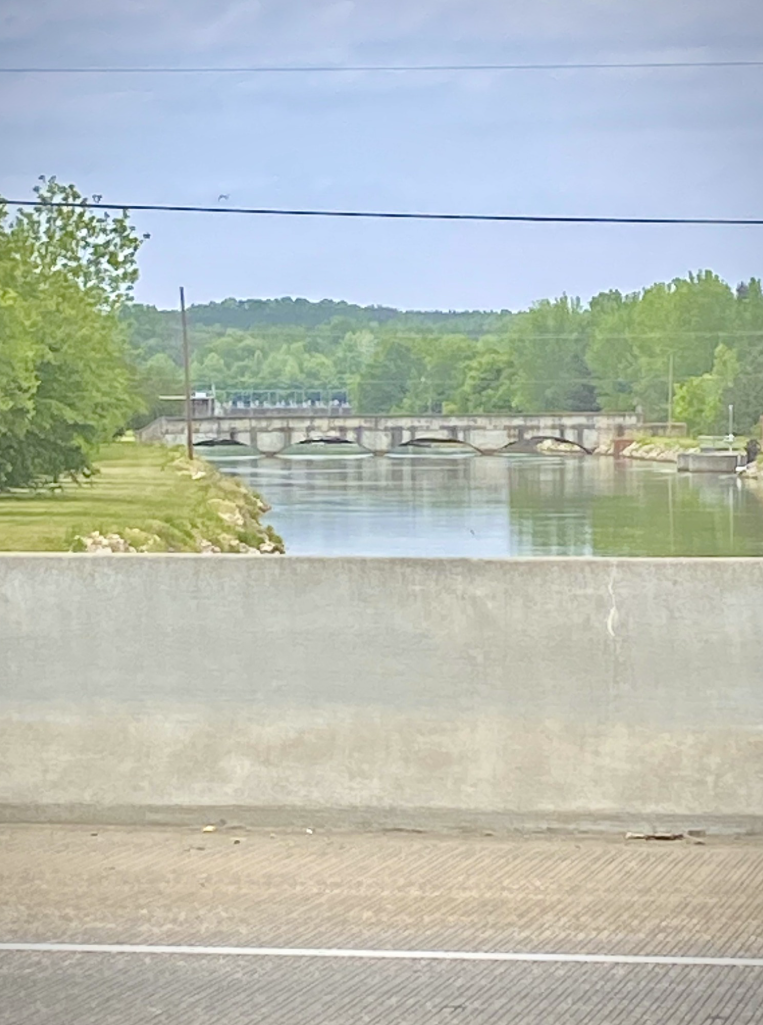Lockhart, South Carolina, is full of history. Not only was Pinckneyville located nearby on the Broad River, which many considered the “Charleston” of the upcountry during the late 1700s and early 1800s, but Lockhart is home to a famous waterway.
The Lockhart Canal, designed by Robert Mills, was completed in 1823. It was part of an eight-canal system intended to create a navigable water transportation route, making most of the state accessible by water. The canal consisted of seven locks – six lift locks and one guard lock – made of local blue granite. The rise of the railroad system shut down many canals, but the Lockhart Canal lasted longer than most, finally closing in 1849.

When the textile boom arrived in South Carolina towards the end of the nineteenth century, the canal was re-cut, and a dam was built to power a cotton mill that was established between the canal and the Broad River. The Lockhart Mill began operations in 1894, shortly after nearby Union Cotton Mills started producing textiles.
Lockhart Power was incorporated in 1912, utilizing the canal and dam to supply electricity. Lockhart Power provides hydroelectric power to five Upstate counties – Union, Spartanburg, Chester, Cherokee, and York.
Written By: John G. Clark Jr.
Image Credit: John G. Clark Jr.


